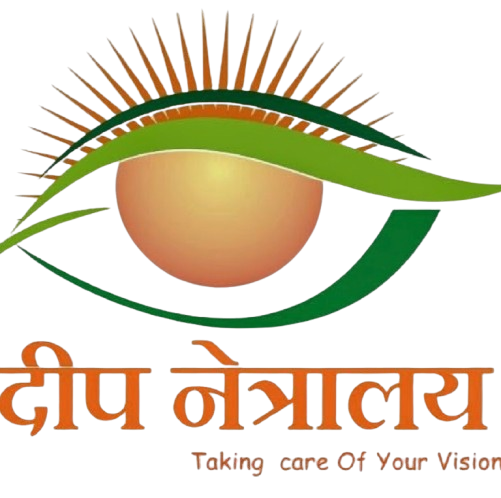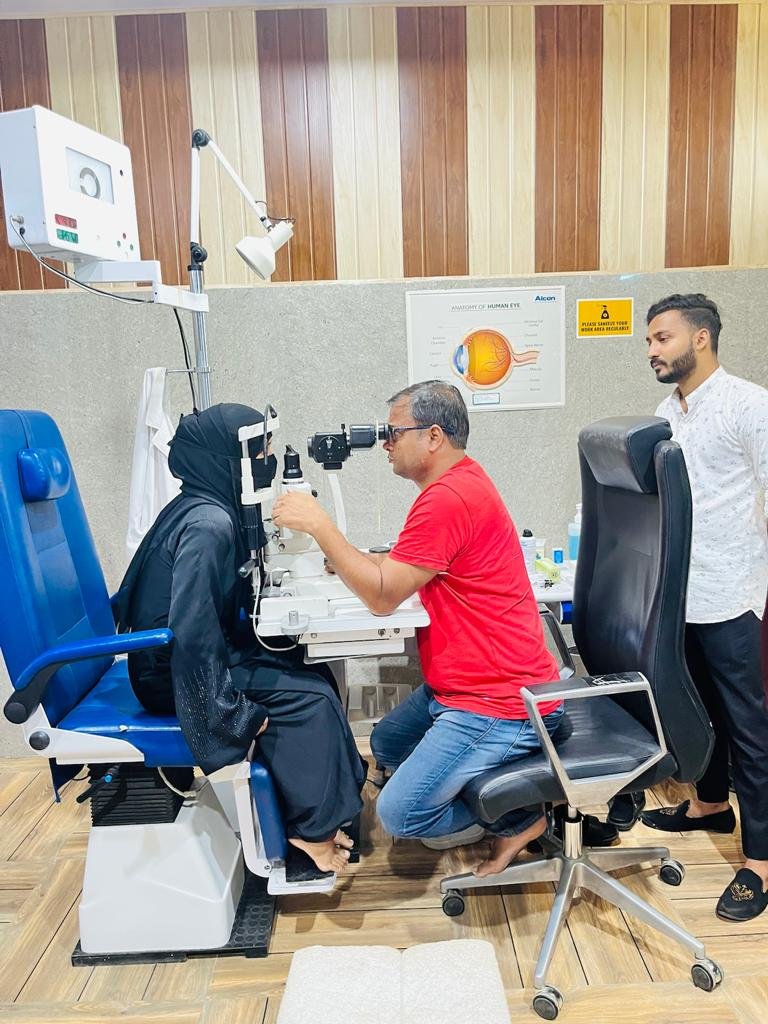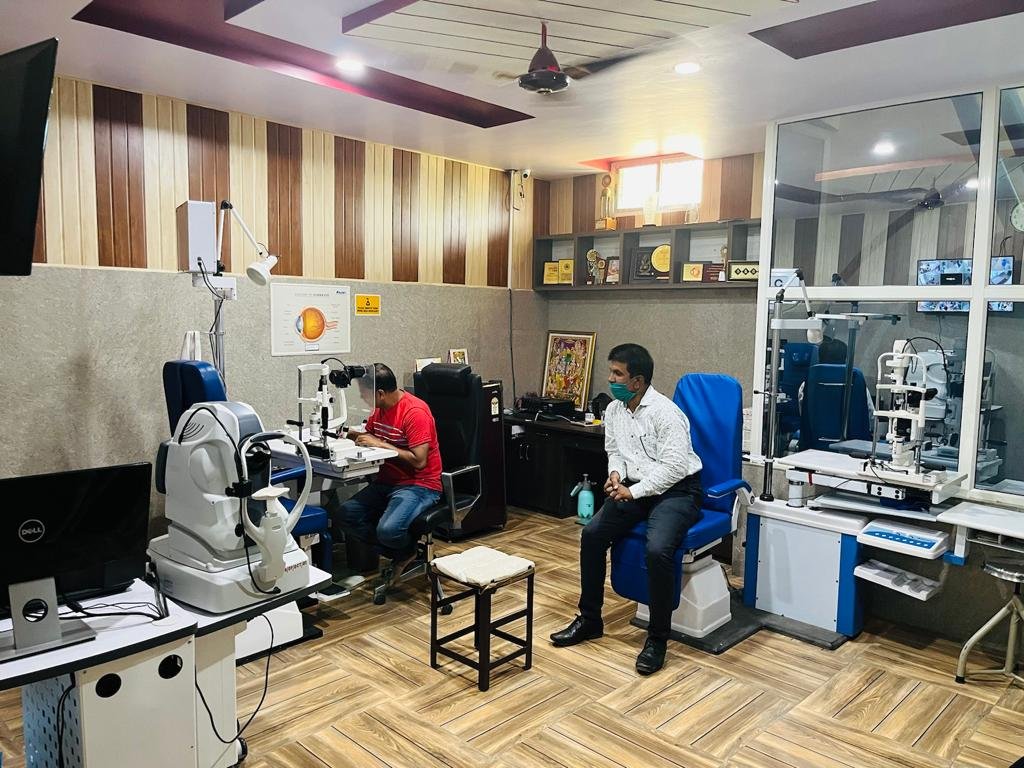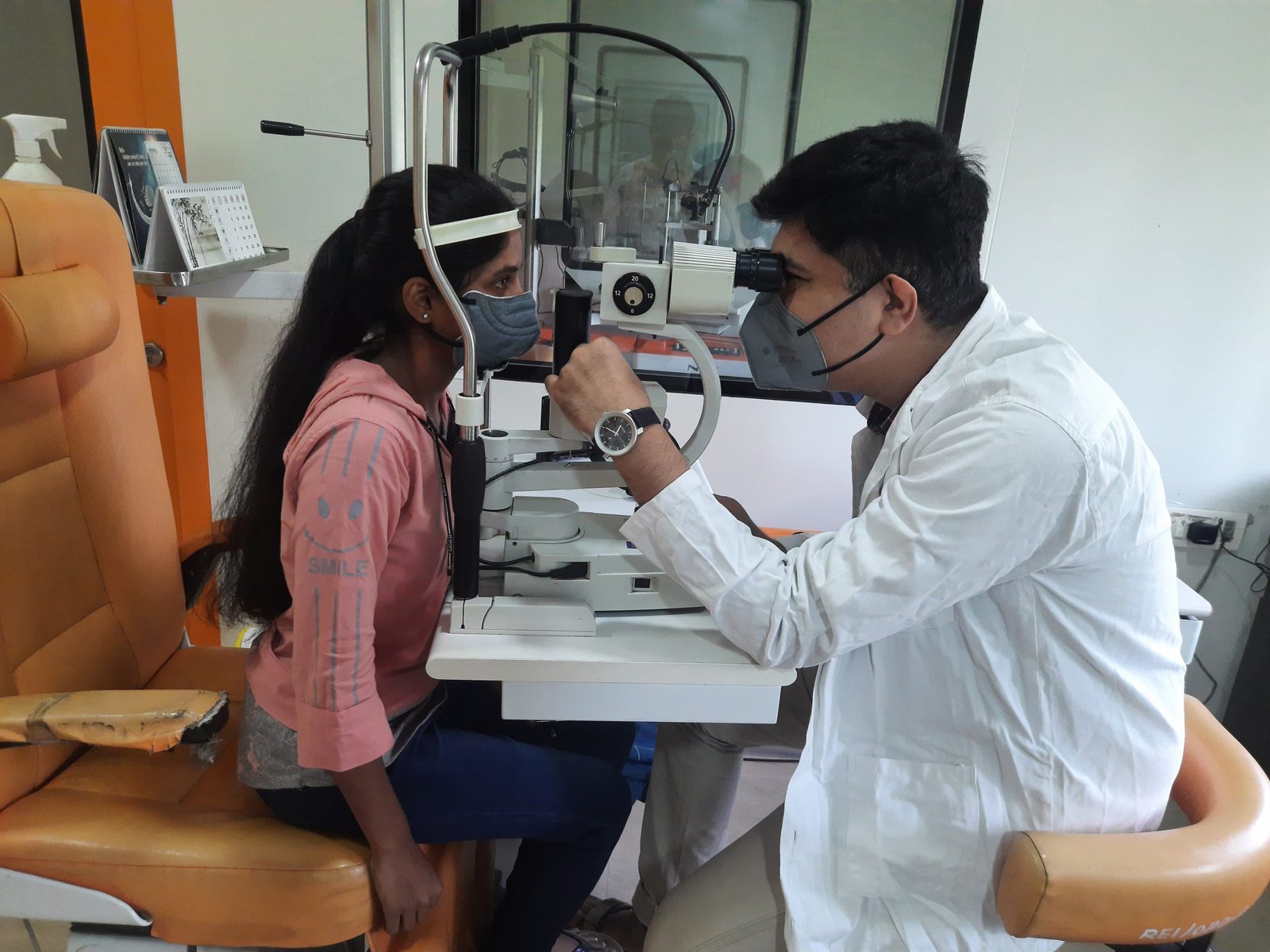Pediatric Ophthalmology
Pediatric Ophthalmology at Deep Netralaya focuses on diagnosing and treating eye conditions in children, ranging from infancy to adolescence. Deep Netralaya is known for its specialized care in pediatric ophthalmology, offering a comprehensive range of services for young patients. Early diagnosis and treatment of eye disorders in children are crucial for preventing long-term vision problems and ensuring proper visual development.
Key Services in Pediatric Ophthalmology at Deep Netralaya:
Amblyopia (Lazy Eye) Treatment:
Amblyopia is a condition where one eye develops poor vision due to improper development in early childhood. It is often treated with:
Eye Patching: The stronger eye may be patched to encourage the weaker eye to develop better vision.
Atropine Drops: Used to blur the vision in the stronger eye, encouraging the weaker eye to improve.
Strabismus (Squint or Crossed Eyes):
Strabismus is a condition where the eyes do not align properly. It can be treated through:
Surgical Correction: To realign the eye muscles.
Vision Therapy: Exercises designed to improve eye coordination and alignment.
Prisms: Special lenses that help align the eyes and improve vision.
Congenital Cataracts:
Cataracts in newborns or infants can impair vision if not treated. Surgery to remove the cataract is usually required, followed by:
Intraocular Lens (IOL) Implantation: To replace the cloudy lens with a clear artificial lens.
Post-Surgery Vision Rehabilitation: To support normal vision development after cataract removal.
Retinopathy of Prematurity (ROP):
ROP is a condition that affects premature babies, leading to abnormal growth of blood vessels in the retina. Early screening and treatment are essential to prevent vision loss.
Treatment options include:
Laser Therapy: To stop abnormal blood vessel growth in the retina.
Intravitreal Injections: Medications that help control abnormal blood vessels and reduce the risk of retinal detachment.
Nystagmus (Involuntary Eye Movements):
Nystagmus is a condition characterized by involuntary, rhythmic eye movements that can affect vision. Management includes:
Corrective Lenses: To improve vision.
Surgical Options: In some cases, surgery may be considered to adjust the eye position and reduce the eye movements.
Ptosis (Drooping Eyelid):
Ptosis is the condition of a drooping eyelid, which can obstruct vision and affect a child’s appearance.
Treatment includes:
Surgical Correction: To lift the eyelid and improve vision and appearance.
Eye Injuries in Children:
Pediatric ophthalmologists at Deep Netralaya are skilled in managing and treating eye injuries caused by trauma. Treatment options depend on the type and severity of the injury and may include medication, eye patching, or surgery if necessary.
Eye Infections and Inflammation:
Conditions like conjunctivitis (pink eye), uveitis (inflammation of the eye), and other infections are common in children and are treated with appropriate medications (antibiotics, anti-inflammatory drops, etc.).
Refractive Errors (Nearsightedness, Farsightedness, Astigmatism):
Early detection and correction of refractive errors are essential to ensure proper vision development.
Treatment includes:
Glasses or Contact Lenses: Prescribed to correct refractive errors.
Vision Therapy: In some cases, exercises may be recommended to help improve visual function.
Genetic Eye Conditions:
Some children may inherit eye conditions such as retinitis pigmentosa or congenital optic nerve abnormalities. Deep Netralaya offers genetic counseling and management for these conditions.
Diagnostic Techniques in Pediatric Ophthalmology:
Deep Netralaya uses advanced diagnostic tools for the effective evaluation of children’s eye health:
Retinal Imaging: Specialized imaging techniques like OCT (Optical Coherence Tomography) help in diagnosing conditions such as ROP or retinal diseases.
Visual Acuity Testing: Using age-appropriate charts to assess how well the child can see.
Cycloplegic Refraction: To determine the child’s prescription for glasses, especially when they may have difficulty communicating their visual needs.
Fundus Examination: Detailed examination of the retina and optic nerve to detect potential issues like ROP or retinal conditions.
Why Choose Deep Netralaya for Pediatric Ophthalmology?
Experienced Pediatric Ophthalmologists: Deep Netralaya has a team of skilled specialists trained to treat children of all ages, including newborns and infants, with gentle care.
Comprehensive Care: From diagnosis to treatment, Deep Netralaya provides full-spectrum services, ensuring that the child’s visual health is carefully managed throughout their development.
Advanced Technology: The hospital uses the latest diagnostic and therapeutic tools to ensure the best outcomes for pediatric eye care.
Child-Friendly Environment: The hospital ensures a comfortable and stress-free environment for children, with staff trained to handle young patients with care and compassion.
If you are concerned about your child’s eye health or vision, it’s important to consult a pediatric ophthalmologist at Deep Netralaya for a thorough evaluation and appropriate treatment. Early intervention is key to preventing long-term vision problems and ensuring the best visual outcomes for your child



